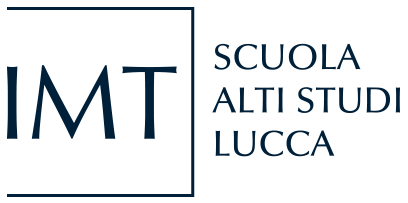In our enthusiasm for subsistence, we forgot about food. (Sherratt, 1991: 221)
The talk is meant to raise attention on the role played by dietary carbohydrates in the emergence of modern humans. Investigating grinding stones dating back to the earliest presence of Homo sapiens (Hs) from the Balkans to Siberia, enabled to identified features revealing starchy food processing. The coupling of the dual interaction of behavioural/technological skills with genetic/metabolic traits can be interpreted as the evolutionary strategy that allowed modern humans to became the only human species alive in the world. Material culture (i.e. artefacts) is regarded as the tangible expression of human behaviours. Yet, going back to past societies recognizing the evidences of past gestures and actions it is not so obvious neither an easy task to achieve. Among lithic industry, percussive tools are targeted to investigate the systematic practice for plant food processing as documented by use-wear traces and plant residues retrieved on Upper Palaeolithic grinding tools across Europe, proving the ability of modern humans to address the harsh climatic condition during the crucial timing between 60-35 ka ago. This is the time when Homo sapiens, a tropically evolved species, made its finally successful attempt Out of Africa (OoA 2). The same scenario was facing another crucial event: the demise of Late Archaic humans (Neanderthals and Denisovans) one of the most debated topic in human evolution.
It is the risk-hypothesis of “StarCH: The Food Equation” that co-evolution of behavioural and biological traits related to starch-rich diet provides the key for understanding the successful colonization by Homo sapiens of the northern latitudes of Eurasia. My hypothesis is that regular consumption of starch-rich diet by means of grinding stones mechanical processing required as well a genetic make-up (molecular adaptations) to enhance bioaccessibility to dietary carbohydrates. The behavioural and biological traits undergo to co-evolution positive selection that have favoured Homo sapiens demographic expansion, bringing about the disappearance of archaic humans.
Grinding stones contain direct data and information pertaining to the introduction of dietary carbohydrates into the modern humans’ diet. The history of our diet can be derived by analysing archaeological tools and use-related biogenic residues (U-RBR) prompting insightful information on how our diet have changed over the millennia. A multi-dimensional approach has been developed to recognize wear-traces and to characterize starch granules and to elucidate tools functionality. The heuristic of the research is timely in setting science-based archaeology at the frontiers of dietary habits complex interplay between starchy food and humans, the environmental constraints and the past exploitation of resources, bridging the chasm between humanities and STEMs. I will present few examples taken from the multiscale investigative approach I developed to analyse 105 grinding stones from ten MIS 3 sites across the Eurasia Steppe Belt (from Moldova, to the Don river suite, to the Altai Mountains) as part of a broad ongoing investigation. This unprecedented approach allows me to develop the concept of stone tools as bioarchives, searching for traces of human activity by means of wear-traces and the use-related biogenic residues (U-RBR) characterization.
The heuristic underpinning this approach is timely in setting science-based archaeology at the frontiers of dietary habits complex interplay between starchy food and humans, the environmental constraints and the past exploitation of resources, bridging the chasm between Humanities and STEMs. Feuerbach stated, “We are what we eat”: my research is a nice match within “archaeology as anthropology” approach and suitable in delivering crucial information on the origins of present days gene-culture mismatch. It casts science-based answers to disentangle “Grand Challenges” across vital themes such as Health, Diet, and Environment, raising key information on human adaptations in the past yet contributing with its evolutionary perspective to the on-going conversation on Anthropocene.
